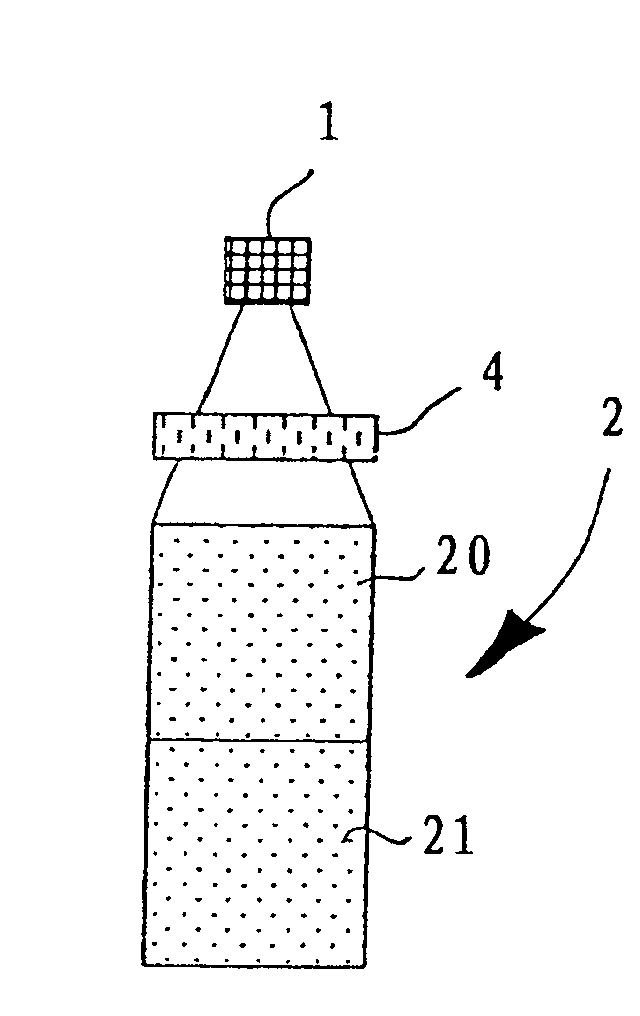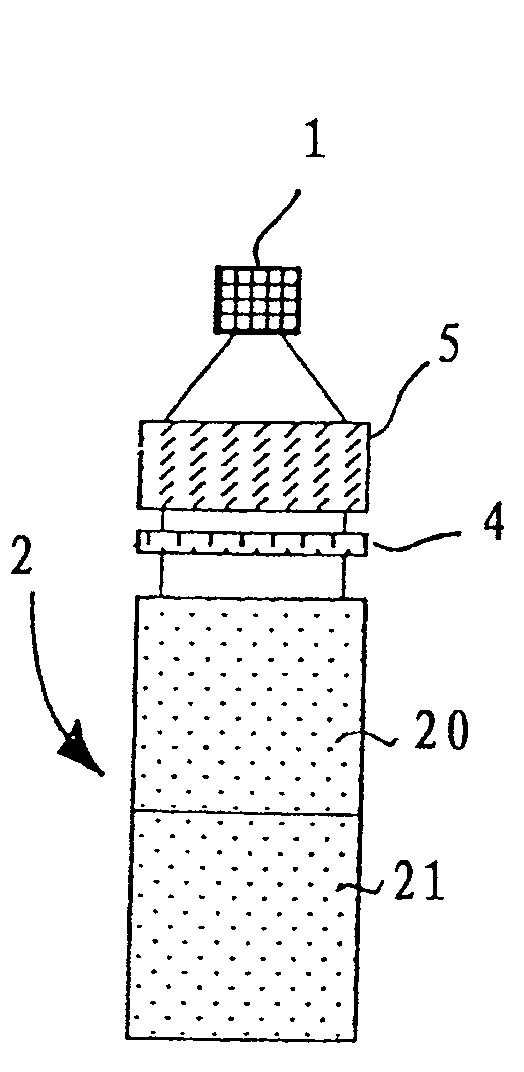Process for the manufacture of an ophthalmic lens
A technology of ophthalmic lenses and raw materials, applied in applications, household appliances, and other household appliances, can solve problems such as complex systems, and achieve the effect of improving uniformity
- Summary
- Abstract
- Description
- Claims
- Application Information
AI Technical Summary
Problems solved by technology
Method used
Image
Examples
Embodiment Construction
[0025] A first variant of the method according to the invention consists in figure 1 shown in . A plurality of UV-LEDs 1 are arranged on a conveyor belt 3 on which a plurality of molds 2 are arranged. Each mold 2 comprises a male mold half 20 and a female mold half 21 forming a mold cavity between their respective lens forming surfaces. Typically, by assembling the male mold half 20 and the female mold half 21 , the raw material comprising a photoinitiator can be filled into the female mold half 21 before closing the mold 2 . The mold 2 is made of a translucent light scattering material, such as polypropylene.
[0026] figure 1 The embodiment shown in is a so-called double-sided molding (DSM) process. The raw materials used have a relatively low polymerization and / or crosslinking rate, that is to say the polymerization and / or crosslinking process lasts for a longer period of time, for example in the range of one to several minutes. The moving mold 2 passes through the ind...
PUM
 Login to View More
Login to View More Abstract
Description
Claims
Application Information
 Login to View More
Login to View More - R&D
- Intellectual Property
- Life Sciences
- Materials
- Tech Scout
- Unparalleled Data Quality
- Higher Quality Content
- 60% Fewer Hallucinations
Browse by: Latest US Patents, China's latest patents, Technical Efficacy Thesaurus, Application Domain, Technology Topic, Popular Technical Reports.
© 2025 PatSnap. All rights reserved.Legal|Privacy policy|Modern Slavery Act Transparency Statement|Sitemap|About US| Contact US: help@patsnap.com



